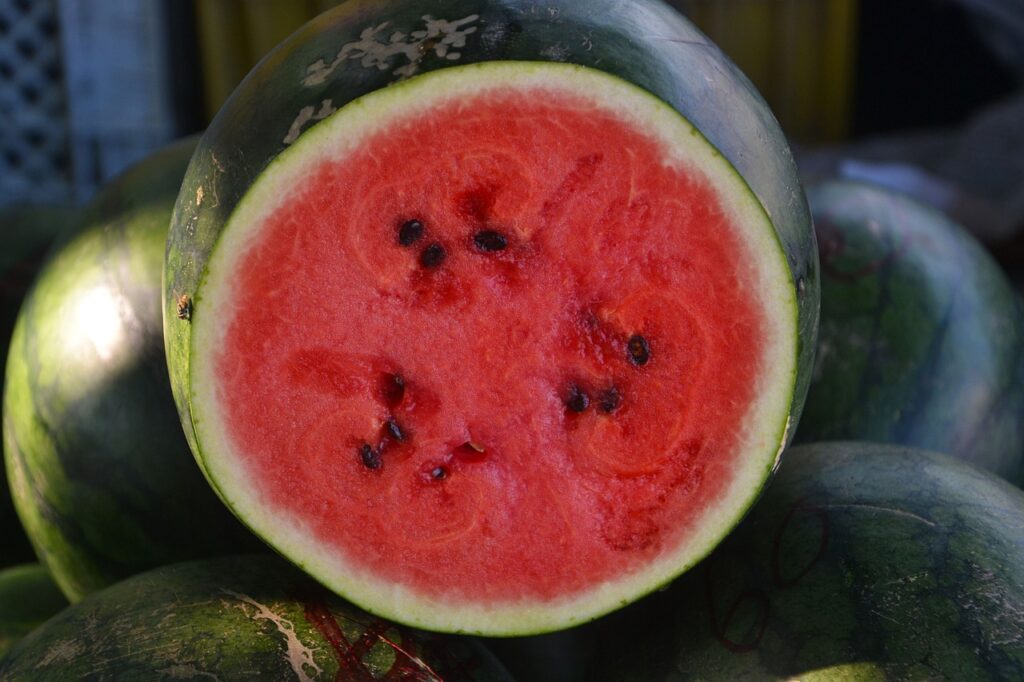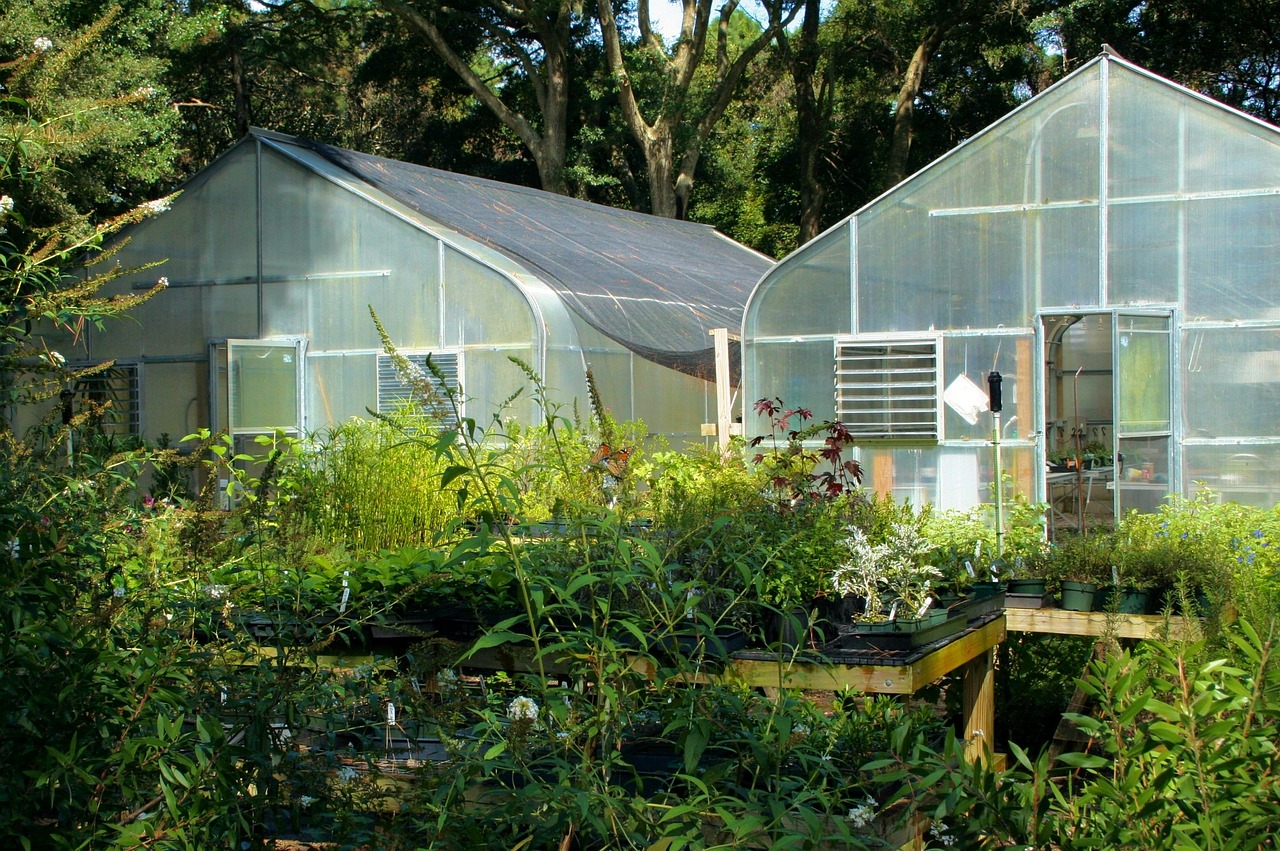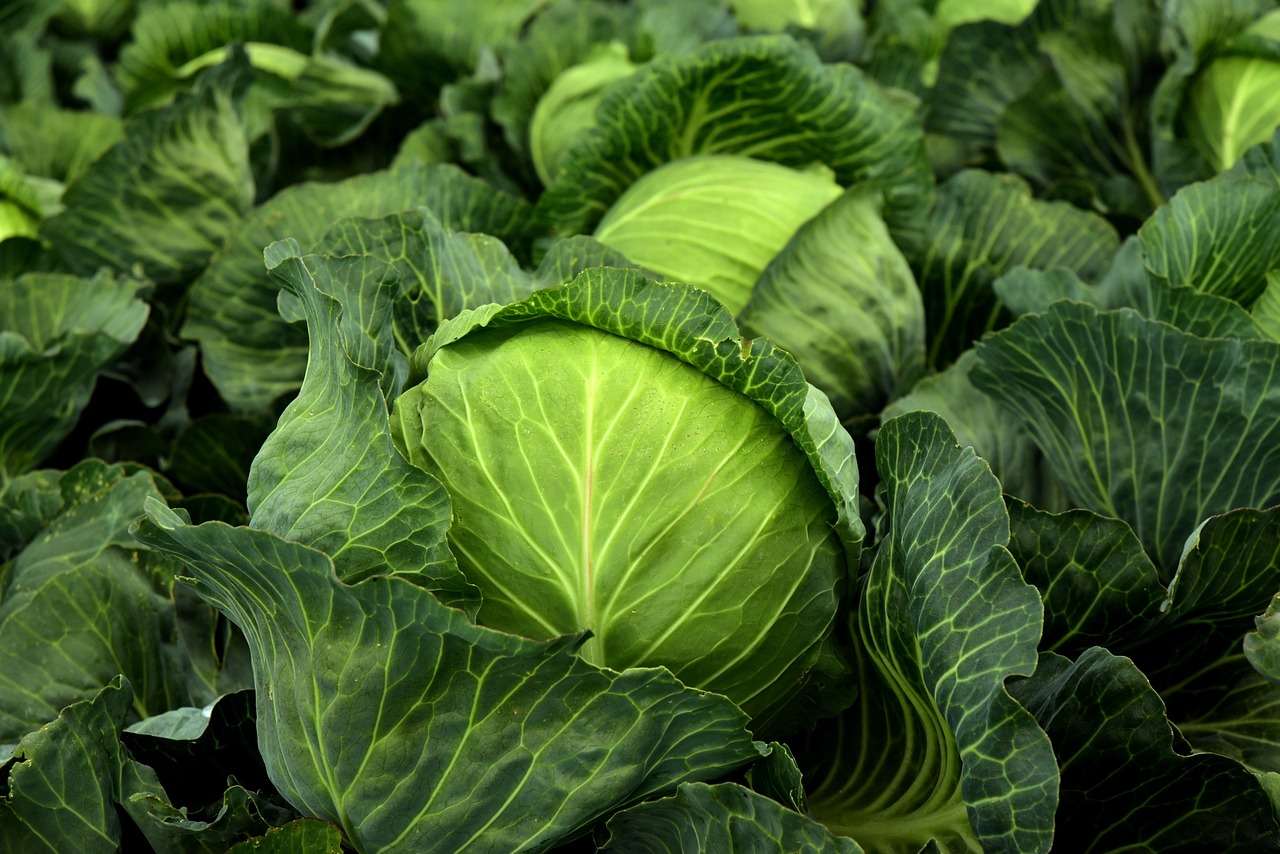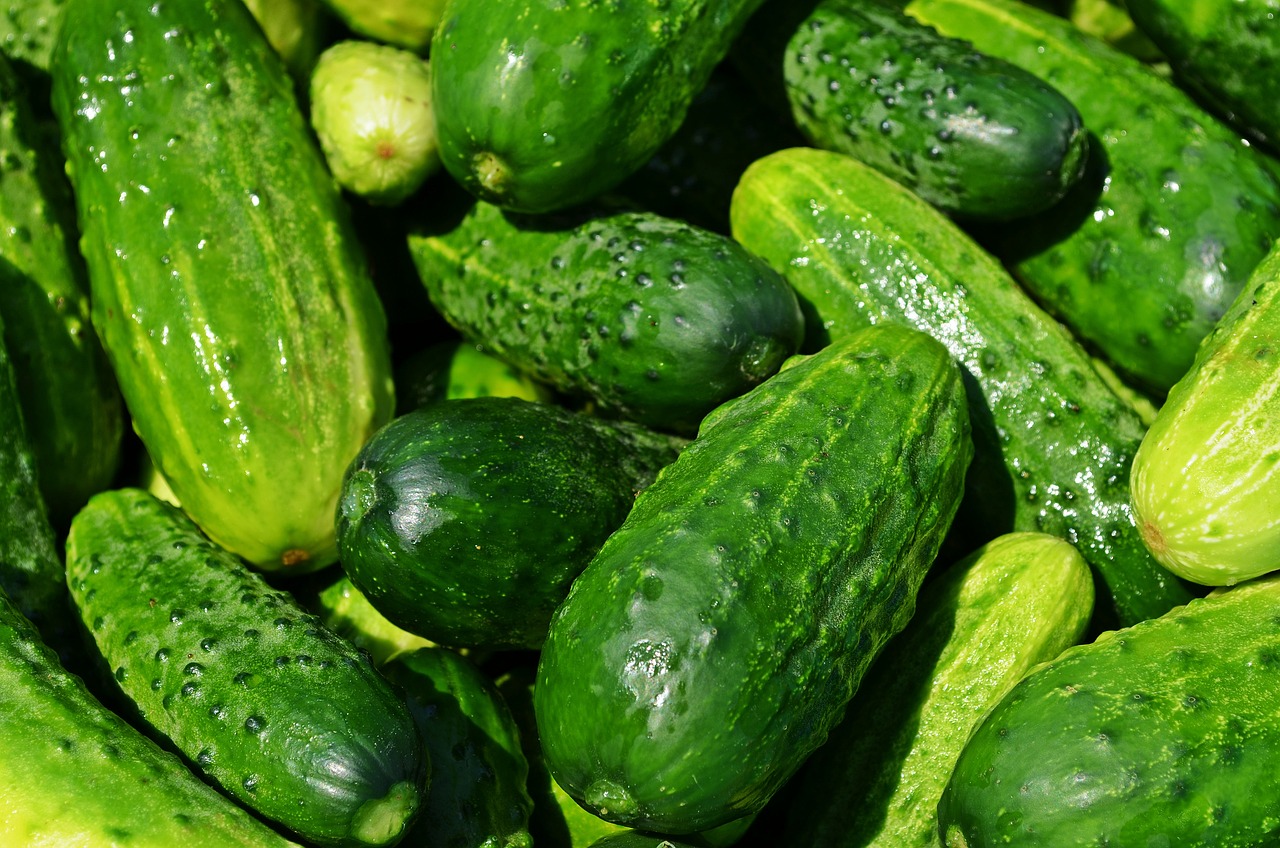Are you looking for a delicious and nutritious addition to your homegrown produce? Look no further than organic melons! With their sweet and juicy flavor, melons are a favorite among gardeners and food lovers alike.
But how can you ensure a successful harvest of these tasty fruits? By following these strategies for growing organic melons at home, you can enjoy the satisfaction of cultivating your own delicious and healthy melons.
First, you need to choose the right variety of melon for your climate. Different types of melons thrive in different temperatures and humidity levels, so it’s important to select seeds that are well-suited to your local conditions.
Once you’ve found the right variety, you’ll need to prepare your soil for optimal growth and start planting and caring for your melon seeds. With careful attention to watering and fertilization, you can help your melon plants grow strong and healthy, and enjoy a bountiful harvest of organic melons.
Choosing the Right Variety of Melon for Your Climate
If you’re looking to grow juicy organic melons at home, make sure you pick the right variety that can thrive in your specific climate!
While there are many different types of melons to choose from, it’s important to consider both your personal melon flavor preferences and the growing conditions in your area.
For example, if you live in a hot and dry climate, you may want to choose a watermelon variety that is drought-tolerant and can withstand high temperatures.
Another important factor to consider when choosing a melon variety is whether or not you want to save your own seeds for future planting.
Some melon varieties are easier to save seeds from than others, so it’s important to do your research before making a decision.
Ultimately, selecting the right variety of melon for your climate and gardening goals will help ensure a successful and bountiful harvest of delicious, organic fruit!
Preparing Your Soil for Optimal Growth
Before planting, make sure your soil is rich and loamy, with plenty of organic matter mixed in to nourish your melon vines. The composition of your soil is crucial to the growth and yield of your melon crop.
Melons thrive in well-draining soil that’s rich in nutrients and organic matter. It’s important to test your soil’s pH level and adjust it if necessary. Generally, melons prefer a pH level between 6.0 and 6.5.
There are several soil preparation techniques that can help create the ideal growing environment for your melons. Start by clearing the area of any rocks, weeds, and debris. Then, work in compost or aged manure to enrich the soil. You can also add in a balanced fertilizer to give your plants an extra nutrient boost.
Consider using raised beds if your soil is poor quality or has drainage issues. With proper soil preparation, your melon vines will have the best chance to thrive and produce a bountiful harvest.
Planting and Caring for Your Melon Seeds
Once you’ve prepared your soil, it’s time to start planting and taking care of your melon seeds.
First, choose high-quality seeds that are suitable for your climate and soil type. Look for seeds labeled as ‘organic’ or ‘non-GMO’ to ensure you’re growing healthy and safe melons.
Next, it’s important to protect your seeds from pests and diseases. Use organic pest control methods, such as companion planting, to keep pests at bay. You can also use physical barriers, like netting or row covers, to prevent pests from eating your plants.
Finally, make sure to water your seeds regularly and keep the soil moist but not waterlogged.
With proper care and attention, your melon seeds will grow into healthy vines that produce delicious, organic melons.
Watering and Fertilizing Your Melon Plants
To ensure healthy and vibrant melon plants, you should regularly water and fertilize them.
Deep watering techniques are essential for melon plants because they have deep roots that need to be adequately hydrated. Make sure to water your plants deeply, at least once a week, so that the water reaches the roots. You can also check the moisture level of the soil by sticking your finger into it. If the soil feels dry, it’s time to water your plants.
In addition to watering, fertilizing your melon plants with organic fertilizers is crucial. A balanced fertilizer that includes nitrogen, phosphorus, and potassium will support healthy growth and development. You can use compost or natural fertilizers like bone meal and fish emulsion to add nutrients to the soil.
Remember to follow the instructions on the fertilizer package and apply it according to the recommended schedule. By watering and fertilizing your melon plants properly, you can ensure a bountiful harvest of juicy and delicious melons.
Harvesting and Storing Your Organic Melons
Harvesting your organic melons is like unearthing buried treasure, with each ripe fruit shining like a precious gem amongst the leaves. The key to harvesting your melons at the right time is to look for signs of ripeness. Check the color and texture of the fruit – if the skin has turned a deep, golden hue and feels slightly soft to the touch, the melon is ready to be picked.
Once you’ve harvested your melons, it’s important to store them properly to extend their shelf life. Melons should be kept in a cool, dry place away from direct sunlight.
If you’re not planning on eating your melons right away, there are a few preserving techniques you can use to make them last longer. You can slice the melons and freeze them for later use in smoothies or desserts, or you can preserve them in a sweet syrup or pickle them for a tangy snack.
With a little bit of care and attention, you can enjoy the sweet, juicy flavor of your homegrown organic melons for weeks to come.

Frequently Asked Questions
Can I grow melons in a small space, such as a balcony or patio?
Yes, you can grow melons in a small space using container gardening and vertical growing techniques. Both methods allow for efficient use of space and can yield a bountiful harvest on a balcony or patio.
How do I prevent pests and diseases from damaging my melon plants?
Prevent pests and diseases by companion planting with marigolds, basil, and catnip. Use natural pest control like neem oil, diatomaceous earth, and insecticidal soap. Regularly inspect plants and remove any affected leaves or fruits.
Can I grow melons in a greenhouse or do they need to be grown outdoors?
You can grow melons in a greenhouse or outdoors. Greenhouses offer benefits like controlled temperature and protection from pests, while outdoor growing allows for natural pollination and larger yields. Choose what works best for you.
How long does it take for melons to mature and be ready for harvesting?
You’ll know your melons are ready to harvest when they reach full maturity, which usually takes about 70-90 days from planting. Look for signs like a yellow or cream-colored ground spot and a fragrant aroma.
Can I save and reuse melon seeds for future plantings?
Yes, you can save melon seeds for future planting. However, it’s important to properly store them in a cool, dry place. Before planting, ensure seed germination by soaking them in water for 24 hours.
Conclusion
Congratulations on taking the first step towards growing your own organic melons at home! By choosing the right variety for your climate, preparing your soil, and properly planting and caring for your seeds, you’re well on your way to enjoying delicious, homegrown melons.
Remember to water and fertilize your plants regularly, and harvest them at the right time for the sweetest and most flavorful melons.
With these strategies in mind, you’ll be able to enjoy the satisfaction of growing your own organic produce and the delicious taste of fresh, juicy melons.
Happy gardening!










